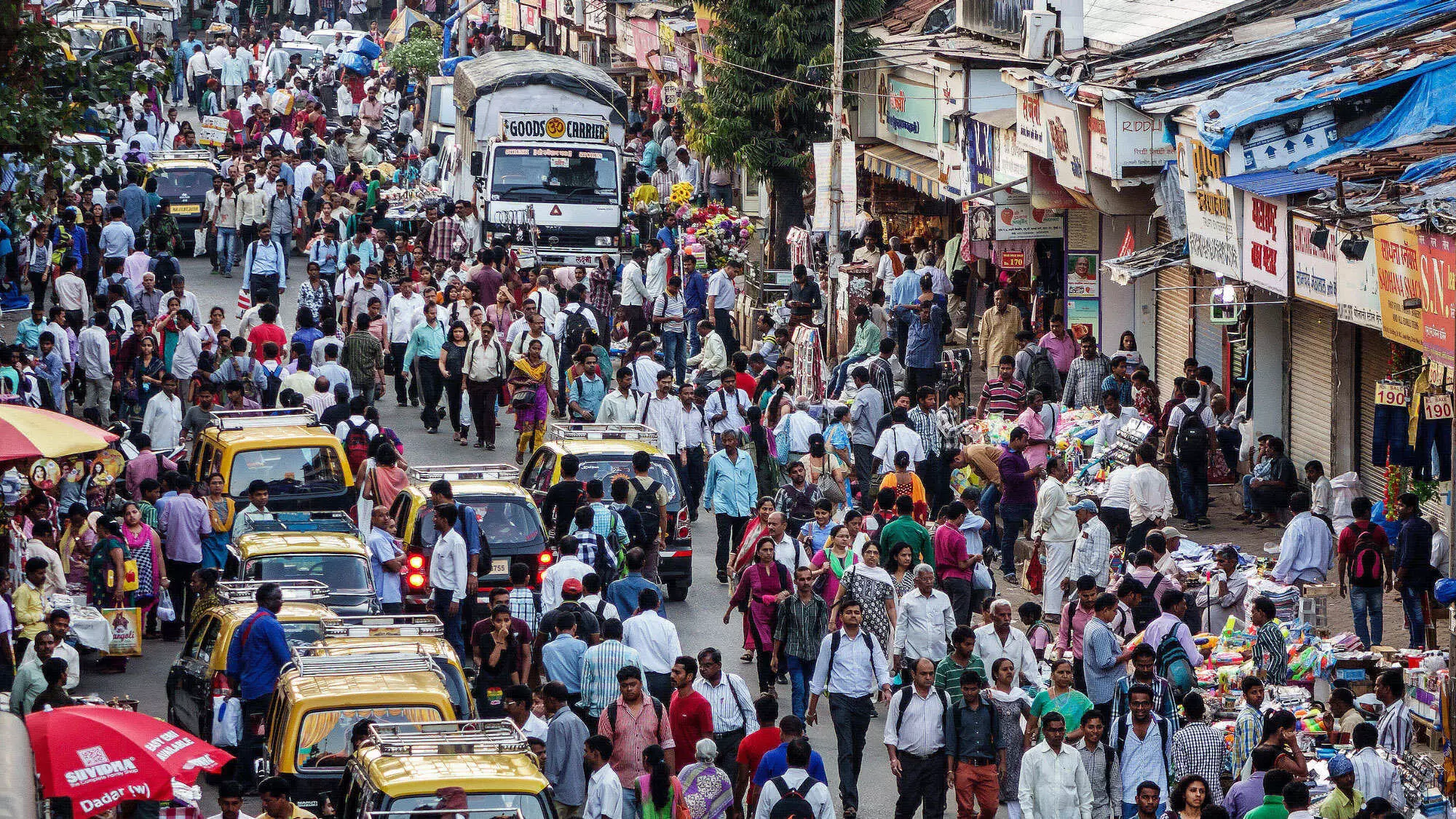
UN Population Division has said India is about to surpass China as the world’s most populous nation in the coming days.
UN Population Division Director, John Wilmoth, said this at a news conference on Monday at UN headquarters in New York.
Wilmoth said the main driver of this trend was the fertility level in the two nations, noting that together, China and India’s collective populations equalled more than one third of the world’s eight billion citizens.
“By the end of April, India’s population is expected to reach 1,425,775,850 people, with projections indicating further growth for several decades more.
“That’s slightly higher than China’s global record of 1.4 billion in 2022.
“China’s population reached its peak size in 2022 and has begun to decline.
“Projections indicate that the size of the Chinese population could drop below one billion before the end of the century,” he said.
With nearly identical levels of fertility in 1971, just under six births per woman, the countries have charted their population path into the 21st century, according to the UN Department of Economic and Social Affairs (DESA).
By the end of the 1970s, fertility rate in China fell by half, to three births per woman. Meanwhile, it took India more than three decades for its fertility rate to reach that level.
“During the second half of the twentieth century, both countries made concerted efforts to curb rapid population growth through policies that targeted fertility levels.
“These policies, together with investments in human capital and gender equality, contributed to China’s plummeting fertility rate in the 1970s and to the more gradual declines that followed in the 1980s and 1990s,” DESA said.
By 2022, China had one of the world’s lowest fertility rates, which was 1.2 births per woman on average over a lifetime, according to the UN World Population Prospects 2022 report.
In the 1980s, China implemented a so-called “one child policy” that limited families to one child each, which ended in 2016.
At the same time, India’s current fertility rate – two births per woman – is just below the replacement threshold of 2.1, the level required for population stabilisation in the long run in the absence of migration, says the UN report.
“The crossover reminds us that the number of older persons is growing rapidly,” Wilmoth said.
Between 2023 and 2015, the number of persons aged 65 or over is expected to nearly double in China and to more than double in India, he added.
“These trends call attention to the challenges of providing social support and protection to growing numbers of older persons.
“Now is the time to think for the long term and to promote greater solidarity within societies and between generations.
“Central to this long-term planning are efforts to combat climate change,” he said.
He added that it was essential that increasing numbers of people and increasing incomes per capita in China, in India, and throughout the world did not undermine efforts to move towards more sustainable consumption and production.
To mitigate the most severe impacts of climate change, he said all countries must urgently move away from over-dependence on fossil fuel energy.



